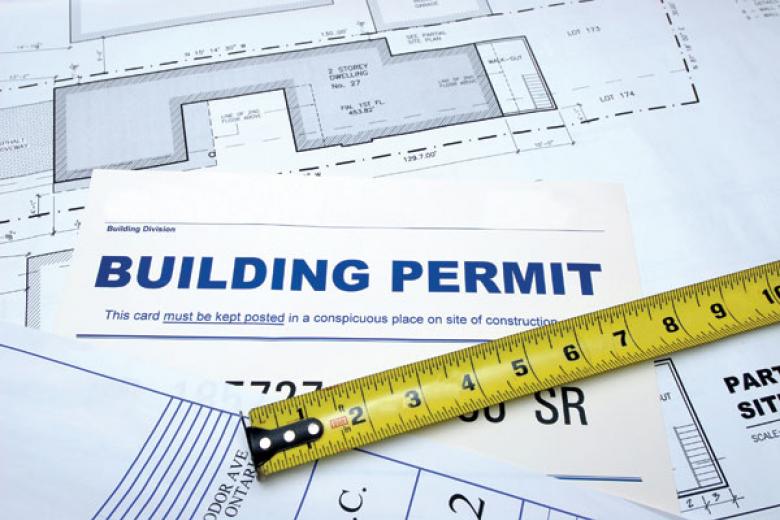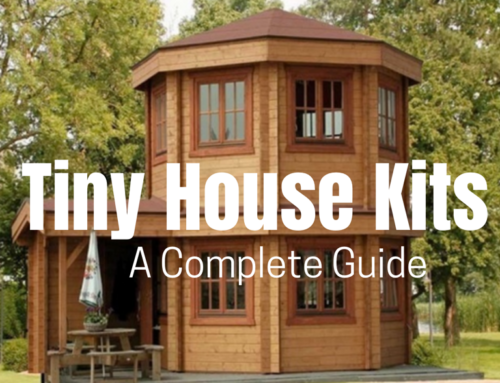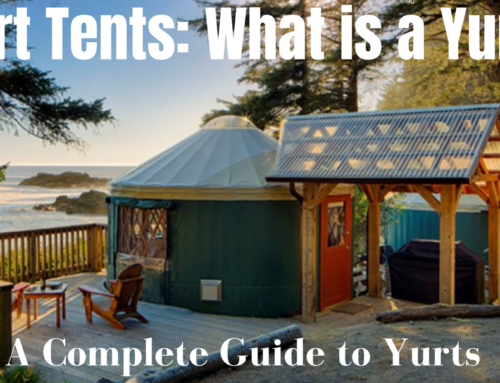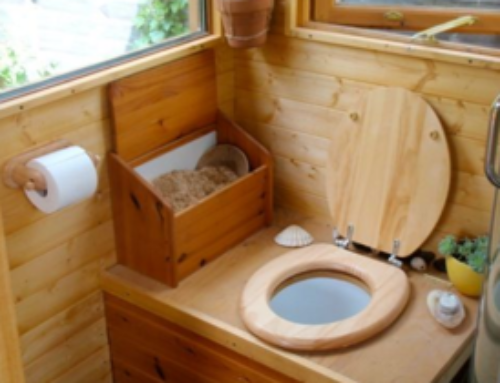Building and Zoning Codes for Your Tiny House

Navigating building and zoning codes for your tiny house is important if you want to avoid legal problems in your city or state. While some tiny house builders opt to skirt local laws and are able to get away with it for months or even years at a time, a single city inspector can legally have the tiny home destroyed for any one of a number of reasons. Thankfully, you don’t have to build your tiny home illegally and hope you don’t get caught. There are a number of ways in which you can build a tiny house that is compliant with local laws.
Square Footage Requirements
Square footage requirements in most cities make it almost impossible to build a tiny house even on your own property. Generally speaking, a single-family home must be at least 1,000 square feet; what is more, ceilings must be at least 7 feet tall and 70 square feet of floor space per habitable room is also required. In some neighborhoods zoning laws require even larger homes to ensure that newly constructed residences look similar to existing homes in the same area.
That being said, having your tiny house on a trailer can often circumvent these restrictions by making it a “mobile home”.
However, there are plenty of neighborhoods scattered throughout the United States where you can legally build a tiny home. Austin, Texas regulations allow for the construction of tiny homes in the city as long as these homes are at least 70 square feet in size and meet other building and zoning requirements. Fresno, California; Portland, Oregon; Spur, Texas; Rockledge, Florida and Detroit, Michigan have all relaxed certain regulations to allow construction of tiny homes in some instances. Sarasota, Florida and Philadelphia, Pennsylvania are some of the few cities that have absolutely no restrictions on house size as long as builders meet local building codes.
Tiny homeowners recommend that those who want to build a tiny home in a city where such construction is not currently allowed to lobby the city’s lawmakers to change local building and zoning laws. It has been done successfully in the past and a growing number of people interested in tiny homes could lead many city councils to adapt building laws to suit their residents’ needs and wishes.
Tiny Home Parking
As previously mentioned, building a tiny home on wheels enables you to get around many building and zoning laws; however, there are some important ones that you will still need to abide by. First of all, a person building his or her own tiny home on wheels will need to get it registered in his or her home state. In most cases, the house will be inspected before being approved as an RV.
Once the RV is registered, you can take it just about anywhere. You can park it at a friend’s home if you are only passing through for a few days or pay a fee to stay at a camping or RV site. However, be aware that many camping and RV sites won’t allow you to stay for an indefinite period of time and state zoning laws won’t permit you to live in an RV permanently if it’s not parked at an RV park. This means that you would likely need to move from RV park to RV park if you intend to stay in the same city.
What Your Tiny Home Needs in Order to be Up to Code
There are a number of important requirements that every single tiny home will need to meet in order to become a registered, permanent residence.
Plumbing
Plumbing is a requirement in all tiny homes, which means that you will have to ensure your unit has running water both in the bathroom and kitchen. A tiny home must also have at least one separate bathroom as well as fire sprinklers.
Electrical
Building codes don’t stipulate that you have to use electrical wiring; you can use natural light if you have enough light coming into your home. However, be aware that zoning laws may require you to install electrical wiring in the house. What is more, you will need to have a certain number of light switches in your home. Furthermore, conditioning requirements stipulating that the home cannot get colder than 68 degrees F. If you live in a city that gets cold in winter, you will most likely need electrical wiring to keep your home in line with building and zoning laws.
Gas/Propane
Fuel burning appliances in a tiny home on wheels must be listed as being for RV use. Many tiny home homeowners opt to use propane to fuel these appliances as it is both affordable and convenient. On the other hand, a tiny home with a foundation may find that having electrical wiring for an electronic stove, oven, refrigerator and/or other appliances is ideal as there are rules stipulating that homes with a fixed foundation and a propane tank must keep the tank a certain distance from the home.
Windows
There is no minimum requirement for windows for tiny homes; however, be aware that you will be required to meet building code requirements for emergency exits. If your home doesn’t have multiple doors you will need to build it with extra windows to meet IRC building code requirements.
Doors
Building codes across the United States require that each sleeping room and living area have both a primary and secondary means of escape. If you sleep in your living room, you will only need two exits and one of these can be a window. However, those who opt to build a small bedroom in the tiny home will need an emergency escape and rescue opening in the bedroom to comply with local building requirements, which means you’ll need to put in a bedroom door that leads outside your home.
Furthermore, many cities require that the primary exit from the home be a side-hinged door. Check local requirements before you start building as a home with a sliding door may not pass the local building code.
Summary
Building and zoning codes for your tiny house vary depending on where you live, so it’s important to do careful research to ensure you meet local requirements. Even so, the above guide can give you a good idea of what to expect in most cities if you opt to build or buy a tiny home in the area. Knowing local laws and adhering to them can save you a lot of time, hassle and expense, enabling you to live a stress-free life in the residence of your choice.






Leave A Comment